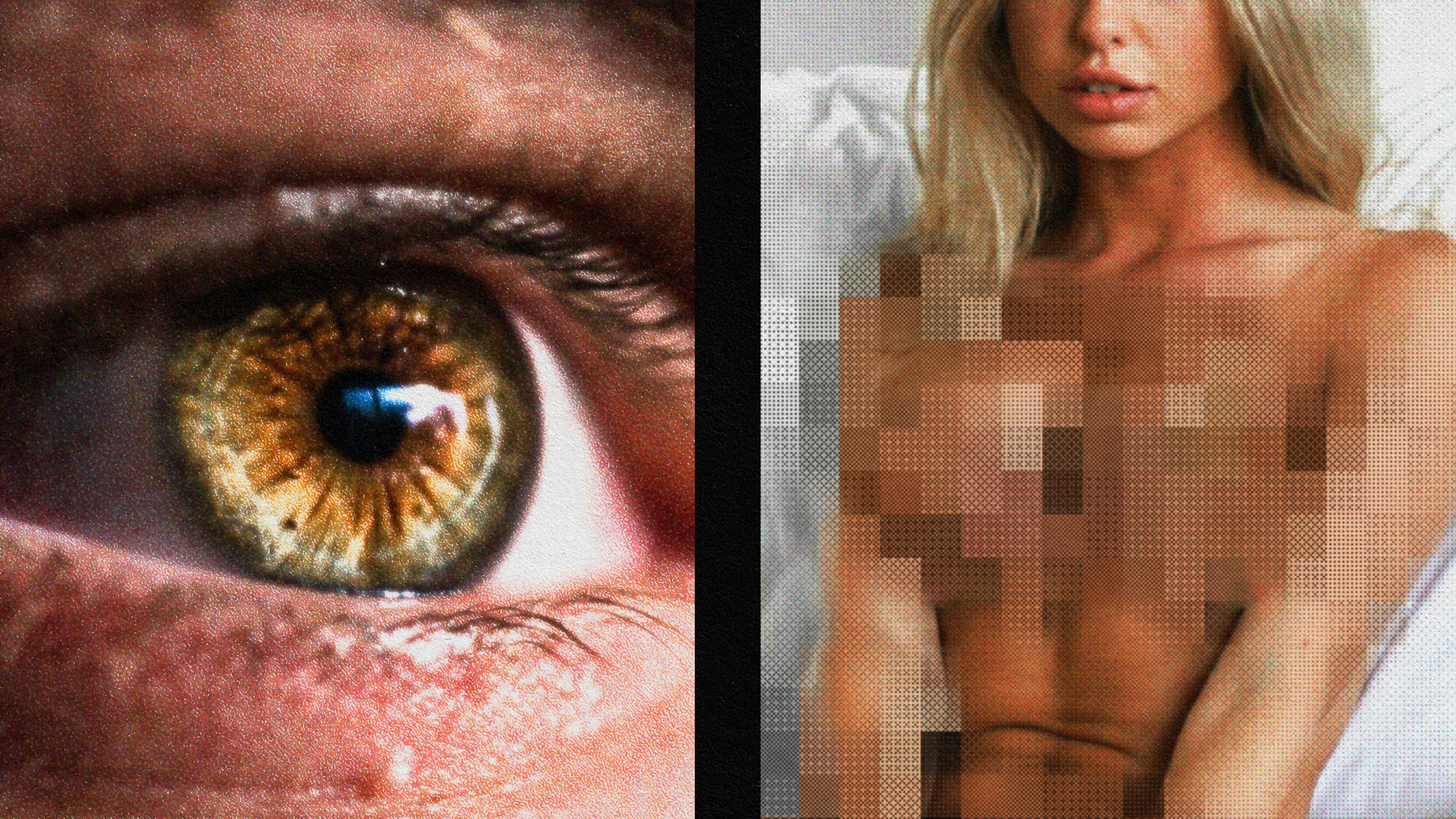Khoi Vinh hates websites on which everything is “rendered to within an inch of its life.” Do we really need to see the little rivets on the mailbox icon?
Question: Is there any trend in contemporary design that you wish would just go away?
Khoi Vinh: I think there's a really selfish part of me that wishes I had the tools that I had today in the context of a designer practicing in the middle part of the 20th century when creating a single expression of an idea was the norm. If you had the power of today's hardware and software and the networks available, you could create some really amazing, amazing sort of declarative examples of designs. Some really terrific design solutions that had at the same time the privilege of not being questioned the way they were in the 20th century. So, in a really selfish way, I wish I had that, but at the same time, what -- I know that what keeps me interested in my job and in the medium in general that what makes every few months more interesting, or newly interesting every few weeks, is the idea that everything is changing, that the ideas that you think are sacrosanct and unimpeachable suddenly are up for grabs again. And I think that's turbulent, but I think there's a really refreshing sense of renewal there that always keeps me interested anyway.
Question: What specific design clichés or faux pas do you see other Web designers falling into?
Khoi Vinh: Yeah. I think we are in this era right now where every element in a webpage is rendered to within an inch of its life. I think if it's a button, it looks like a physical button, you know, if it's a mailbox that's meant to signal a messaging functionality then the whole mailbox right down to the rivets on the hypothetical metallic housing is rendered. And I think there's a certain beauty to that school of design and illustration. I'm hoping that it's something that's going to expire soon. I think it's rather a little bit on the immature side, and I think there's actually an interesting correlation with the airbrush art that was really popular in the 70's where suddenly you had a new tool or a new interest in a tool that could produce like a new level of fidelity. And I think as technology and expertise makes possible these sort of amazing levels of fidelity to the real world, a lot of people sort of get sort of -- what's the word I'm looking for -- seduced into that. And after a time, they get tired of it and they become a little bit more interested, I think at a certain level of subtraction and a new level of sophistication. And that's kind of where I'm hoping design will move in the next few years.
Recorded on March 3, 2010
Interviewed by Austin rnAllen





